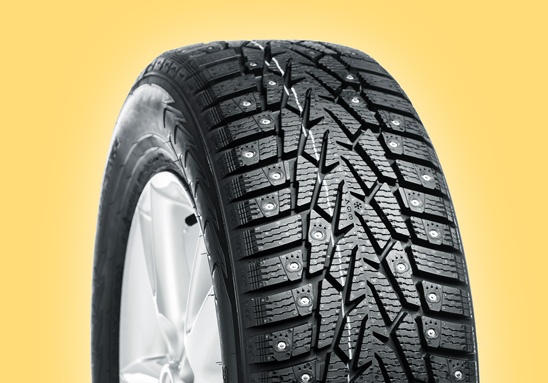installing crankshaft seal
Installing a Crankshaft Seal A Comprehensive Guide
A crankshaft seal is an essential component of an engine, designed to prevent oil leaks and keep contaminants out of the engine. Over time, due to wear and heat, the seal may become brittle and fail, leading to oil leaks that can cause significant engine damage if left unaddressed. Installing a new crankshaft seal is a straightforward process that can be accomplished with some basic tools and patience. Here's a step-by-step guide to help you through the installation.
Tools and Materials Needed
Before starting, gather the necessary tools a socket set, screwdrivers, a seal puller, a torque wrench, and a hammer. Additionally, you'll need the replacement crankshaft seal and some engine oil for lubrication.
Step 1 Preparing the Vehicle
Start by ensuring the vehicle is safely parked on a level surface, and then disconnect the battery to avoid any electrical hazards. If you're working on a front crankshaft seal, you may need to remove various components such as the timing belt or chain, harmonic balancer, and potentially the oil pan, depending on your vehicle's design.
Step 2 Removing the Old Seal
Locate the crankshaft seal, which is typically situated at the front or rear of the engine, where the crankshaft protrudes. Use your seal puller to gently pry out the old seal. Take care not to damage the crankshaft or the surrounding housing. If the seal is stubborn, applying penetrating oil can help loosen it.
installing crankshaft seal

Step 3 Preparing for Installation
Before installing the new seal, clean the sealing surface on the crankshaft and the housing to remove any old gasket material or debris. A clean surface ensures a proper seal and minimizes the risk of future leaks. It's also advisable to lightly oil the outer edge of the new seal; this helps it slide into place smoothly and reduces the risk of damage.
Step 4 Installing the New Seal
When inserting the new crankshaft seal, ensure it is oriented correctly. Most seals have a lip that should face inward, toward the engine. Use a socket that closely matches the outer diameter of the seal to gently tap it into place. Be cautious not to drive it too deep or at an angle, as this can lead to improper sealing.
Step 5 Reassembling and Testing
Once the new seal is in place, reassemble any components you removed earlier, following the proper torque specifications as per your vehicle’s manual. After reassembling, reconnect the battery and start the engine, allowing it to run for a few minutes. Check for any signs of leaking around the new seal to ensure the installation was successful.
By following these steps, you can effectively install a crankshaft seal and prevent costly oil leaks. Regular maintenance checks can help prolong the life of your engine and maintain its performance.
-
Understanding the Importance of the Crankshaft Oil Seal in Engine Performance
News Jun.16,2025
-
The Unsung Heroes of Engine Protection: Understanding Automotive Shaft Seals and Oil Seals
News Jun.16,2025
-
Keeping the Engine Tight: The Role of Crankshaft Seals and Gaskets in Oil Control
News Jun.16,2025
-
Complete Protection in Harsh Conditions: A Deep Dive into Cassette Seals
News Jun.16,2025
-
Choosing the Right Oil Seal: A Guide to Trusted Brands and Suppliers
News Jun.16,2025
-
Advanced Sealing Technologies: Exploring the Range of Modern Oil Seals
News Jun.16,2025
-
Your Essential Guide to Car Repair Kits: From Rust to Dings
News Jun.13,2025
Products categories















